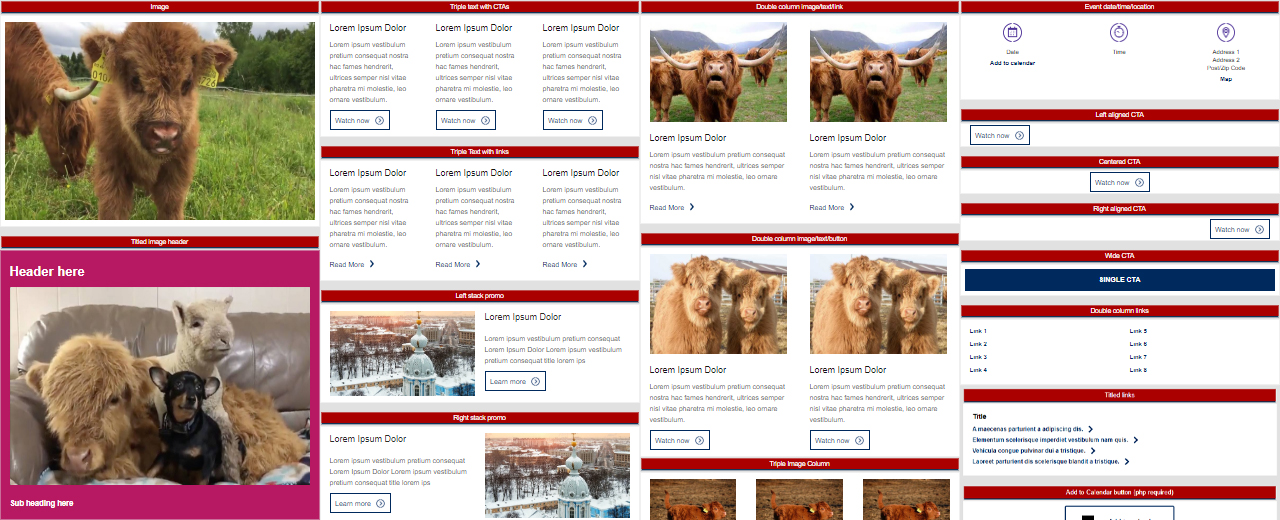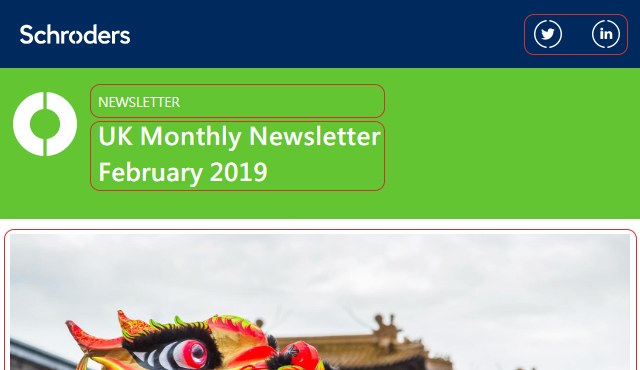


I worked with Schroders for almost 2 years and during this time had a LOT of chance to innovate the way they used their current instances of Marketing cloud. When I was initially brought into the company, they were in the process of launching a preference center to enable clients to opt in/out of certain mailing campaigns and updates.
As part of the Gravitai team, I was responsible for the the communications that would be automated by the platform and their ability to communicate back the relevant information. Aside from this, I was also involved with the organisation and testing of the data extensions being read and written to the CRM platform. It was important that the correct information was being accessed as this could cause a data breach and mismatched data.
I spent a lot of time doing QA for the code that was being corrected from the previous consultancy and the new code being implemented
As a team, we were able to launch the preference centre successfully after taking over from another consultancy who had been delaying the launch for around 18 months.

Once the preference centre was launched, Schroders had need of a support system for their marketing cloud platform and the marketers using it. Many had little to no knowledge of the code being used behind the emails and fewer still had any experience using the platform at all.
My role was to build out a set of preformatted templates that could be used globally, ranging from the US and APAC regions to the different markets across Europe. This also included multi-use content blocks for them to drag and drop into place which proved to be an enjoyable challenge due to the sheer amount required by the different business units. As you can see above, I did also have a bit of fun with the place holder imagery I used in order to make the idea of having to edit one of these blocks less intimidating to a user with no experience.

While the core of the support I offered was based around helping the marketers create email campaigns, I also provided support to them via the CRM platform when an issue arose from a client's data. The amount of tickets being raised for both subjects prompted me to run a weekly support clinic where users could pose any questions they had in an open forum via skype.
The clinics proved to be a success and saw the number of issues being raised begin to drastically reduce. Any issues that did arise seemed to be resulting in a specific outage in a remote server stack and something Schroders as a company had no control over until it was resolved.
The success of the clinics also meant I was able to aid with other projects within the automation team such as real-time analytics of site activity (via Tealium trackers) along with understanding the potential of new platforms that were being looked into...

Schroders decided that they were going to move all of theri marketing automation to a new, cheaper platform rather than renew their current contract at a much higher price. This saw the possiblity of Pardot taking on that responsibility. However, with the platform being relatively new, the documentation on how it could be integrated with Salesforce CRM and other platforms, was relatively out of date.
This was an opportunity to get really stuck in and begin to learn something new. Each team member was assigned a specific "area" to specialise in and I was given the freedom to re-imagine the email marketing possibilities. This involved not only the creation of the emails themselves but also, the creation and management of the campaigns, users and client data within the platform for the marketers to use.
Along with this, there was also the integration with the website trackers and how they could be used within Pardot for reporting.
As Pardot began to gain traction, I was responsible for the support of the users who would be migrating from a platform they were not to familiar with, to a platform that they knew nothing about.
Pardot was successfully rolled out to 21 different business units globally and with that, my time with Schroders came to an end.